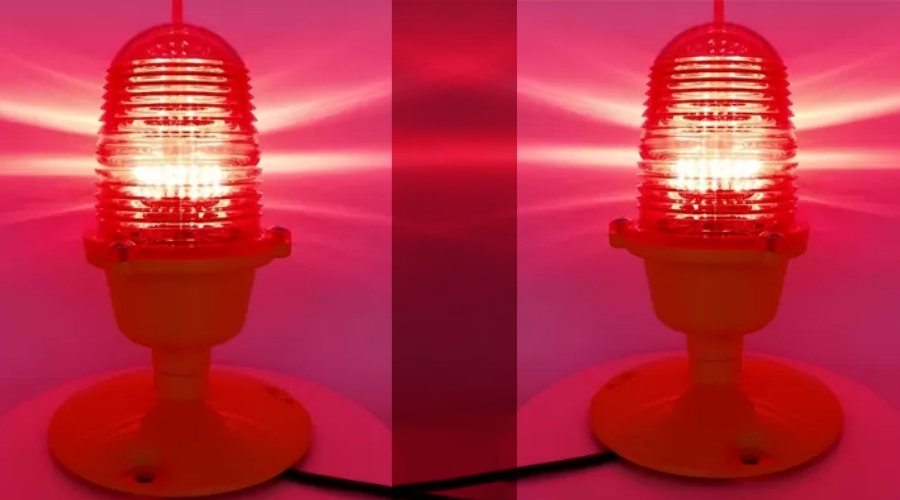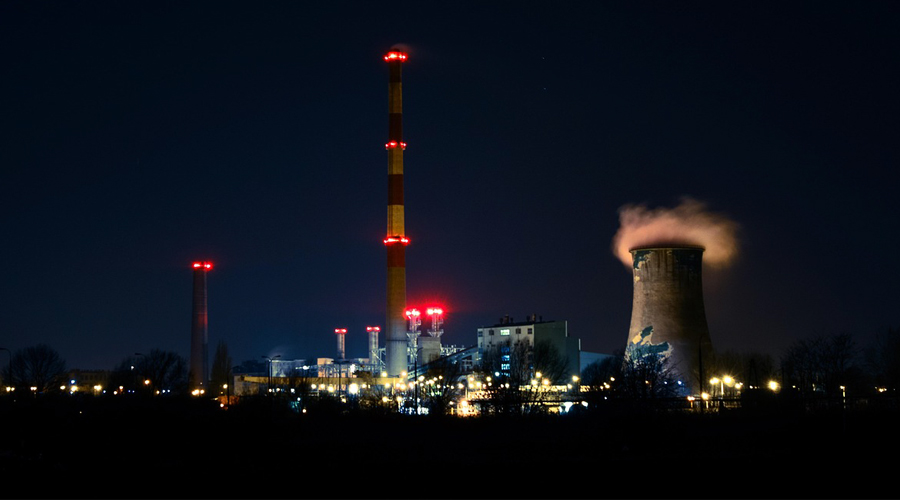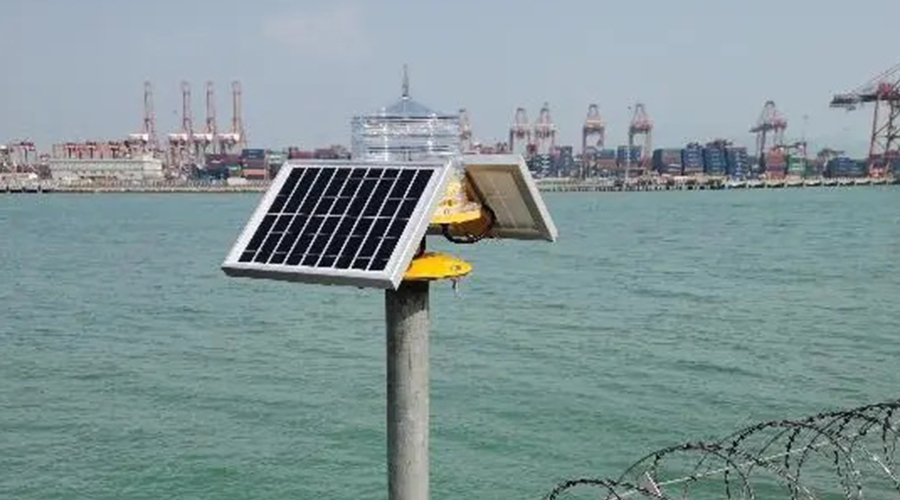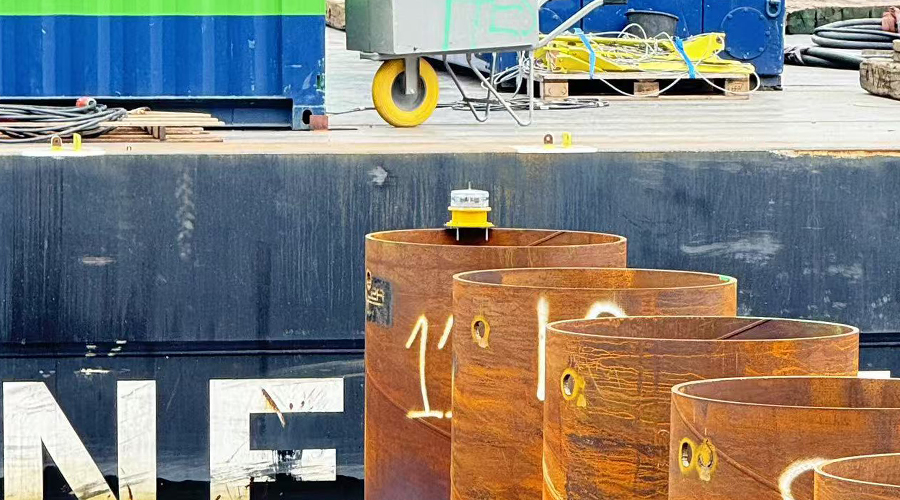Low intensity obstacle light type A are LED lights used to mark the location of obstacles, usually used in the aviation field. It has low brightness, but can emit obvious light at night or in low visibility to alert pilots to the existence of obstacles.
This type of aviation warning light is usually installed at high places such as buildings, towers, chimneys, etc. to ensure that pilots can clearly see them when flying in the air, and identify obstacles on the ground such as high-rise buildings, towers, etc. at night or in low visibility.
Aviation obstruction lights are divided into three categories: low-intensity, medium-intensity and high-intensity.
According to relevant regulations, if the object is a large object, medium-intensity high-altitude obstacle warning lights of type A, B or C should be used.
Type A and C medium-intensity aviation obstacle lights should be used alone, while type B medium-intensity obstacle warning lights should be used alone or in combination with type B low-intensity obstruction lights.
Low Intensity Obstacle Light Type A
ICAO’s regulations on the marking and lighting methods of aviation obstacles are:
“Type A Low-intensity Obstruction Beacon”: A red permanent night warning beacon for fixed obstacles with a brightness of 10cd. It enables aircraft operators to judge the height and outline of obstacles, so as to take avoidance measures and ensure flight safety.
“Type B Low-intensity Obstruction Beacon”: A red permanent night warning beacon for fixed obstacles with a brightness of 32cd.
Although the light intensity of Type A aviation obstacle warning lights is not high, it is enough to attract the attention of pilots at night or in low visibility. This LED warning light is usually installed on the top or edge of a building to ensure that the light it emits can be seen by pilots in all directions.
In general, Low intensity obstacle light Type A play a vital role in the aviation field. It not only improves flight safety, but also provides important visual references for pilots.






